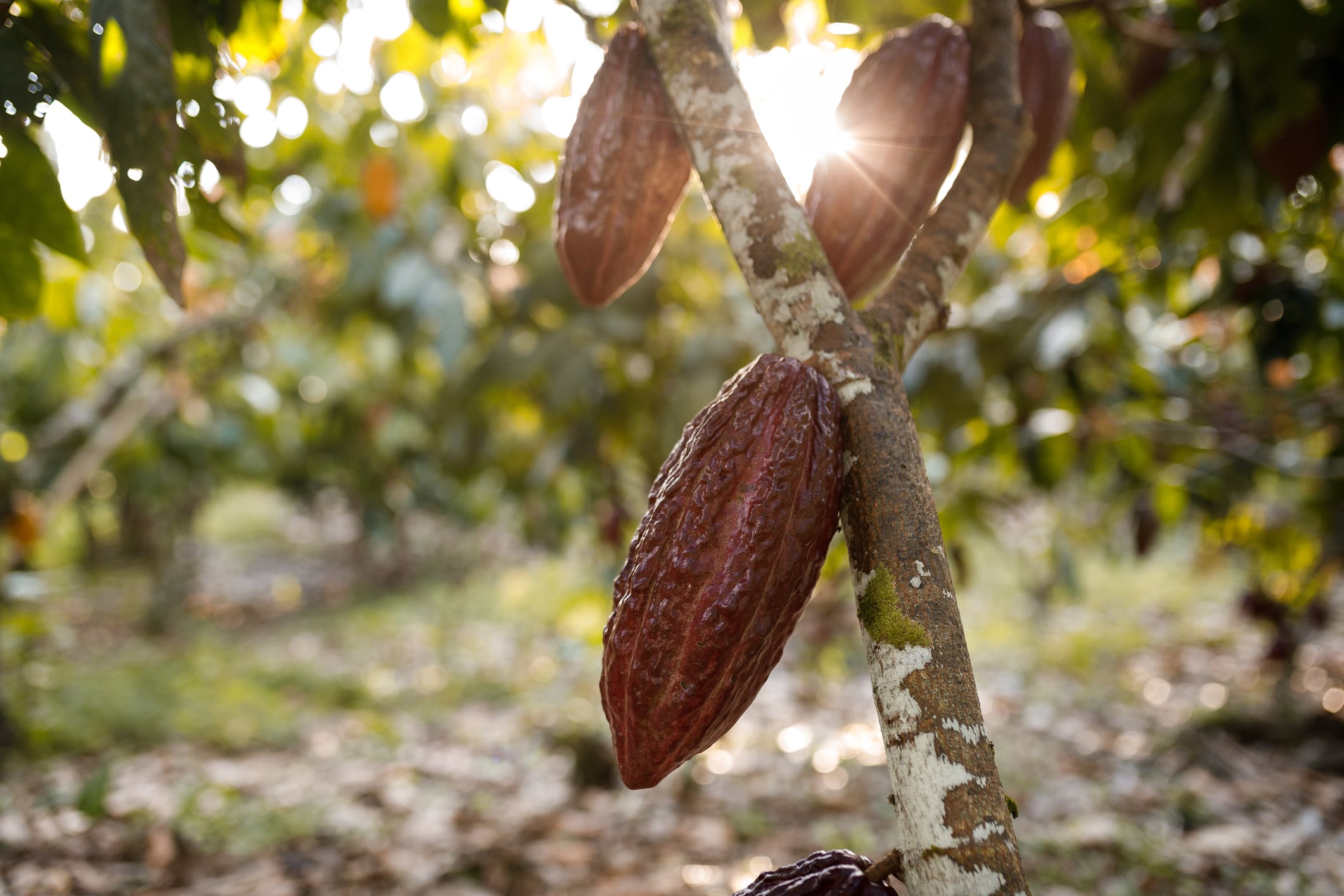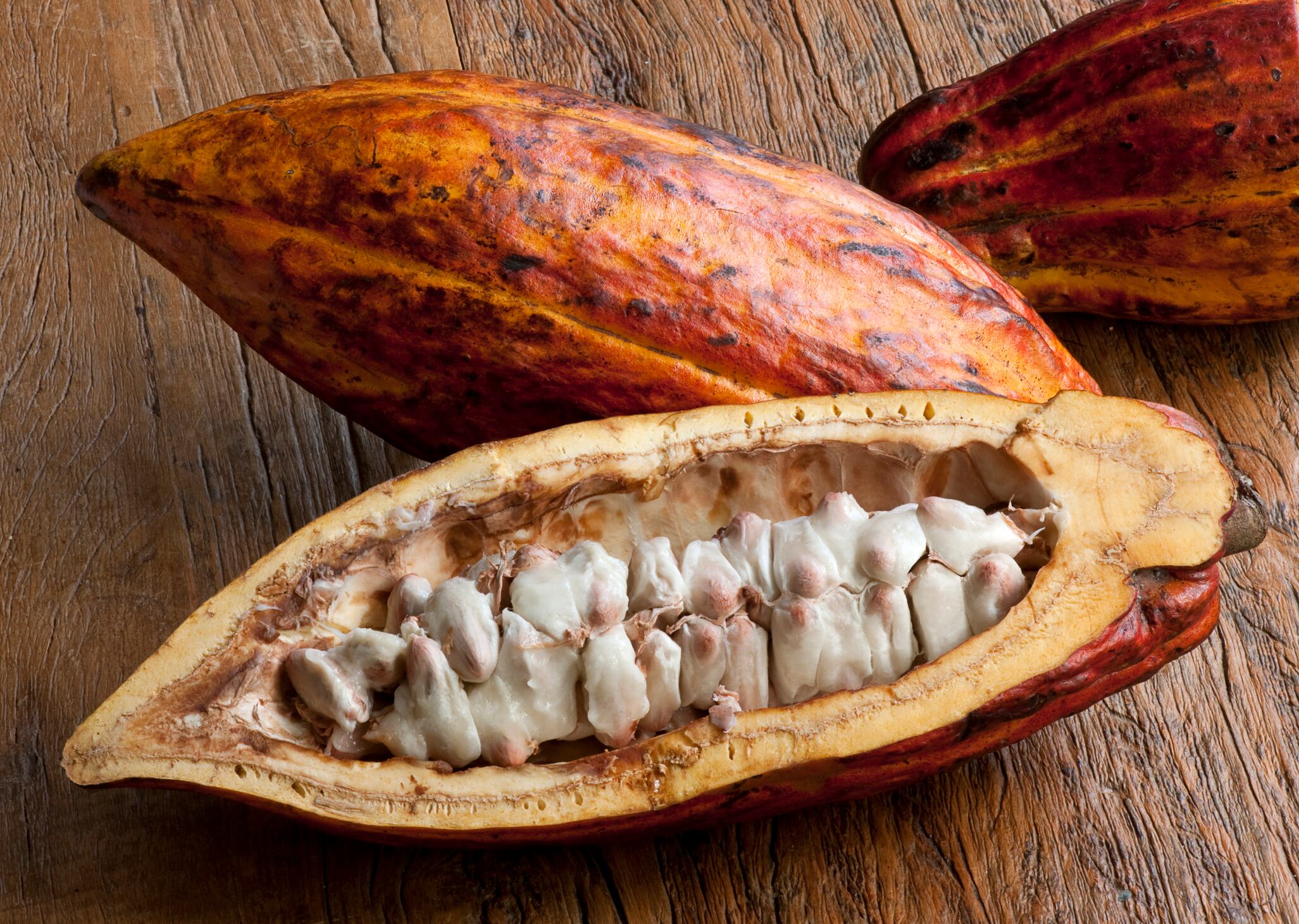At the World Cocoa Foundation’s (WCF) 2025 Partnership Meeting in Brazil, held from March 19-20, cocoa stakeholders from across the value chain gathered to address the sector’s most pressing challenges. Under the theme Our Future: Resilience Through Sustainability, the event spotlighted the urgent need for more inclusive, farmer-centric strategies in the face of unprecedented disruption.
The conference came after three consecutive cocoa seasons marked by climate change, crop failure, soaring production costs, tree disease, and legal uncertainty – all of which have pushed prices to volatile highs and placed increasing strain on both manufacturers and farmers.
Building resilience at farm level
A key message echoed throughout the two-day event was the need to move away from top-down interventions. “Real progress will only occur if we forge true partnerships with farmers and rebalance the conversation,” said Andrea Camacho, Sustainability Director at Luker Chocolate. For the Colombian chocolate manufacturer, the meeting reinforced the importance of empowering producers and building resilience at farm level.
Innovation was also high on the agenda. Amid ongoing supply constraints, confectionery makers shared how they are rethinking cocoa use — from upcycling cacao fruit to trialling cocoa flavourings as alternative ingredients. These formulation shifts reflect a growing effort to mitigate the impact of volatile pricing while also exploring more sustainable production models.
The WCF meeting reaffirmed that building a future-proof cocoa sector will require collaboration at every level — and that the industry can’t afford to wait.
Against a backdrop of mounting economic and political volatility, the WCF Partnership Meeting underscored why resilience must be tied directly to productivity, profitability and farmer wellbeing. There was consensus that sustainability should adapt according to the needs of people, the economy and the environment according to Chris Vincent, President of WCF.
Developing climate resilience in cocoa
To make this shift, cocoa producers must explore how the sector can cultivate climate-resilient cocoa to better adapt to accelerating climate change. Understanding how to increase farmer incomes through diversification is also a key concern. “We know cocoa producers can’t rely on a single crop alone, and diversification is vital to ensuring the long-term economic stability for farmers, their families and their communities,” says Camacho.
As an alternative to one-size-fits-all solutions, interventions in practice can support the value chain. For instance, Luker Chocolate is exploring approaches like agroforestry, regenerative agriculture and soil microbiology to help farmers build more climate-resilient systems. It’s underpinned by the ethos that supporting cocoa communities is as important as caring for the farmers.
Funded through partnerships, in 2024, for every $1 committed by Luker Chocolate, an additional $1 was leveraged in value through allies and global clients, enabling the brand to reach and directly support over 4,320 families in cocoa-producing regions throughout Colombia.
Creating lasting change
Times of intense pressure can spur collaboration and innovation. “As the sector faces unprecedented demands to deliver at speed and scale, this moment requires coordinated, pragmatic approaches towards efficient execution,” says Vincent. Speakers at WCF highlighted practical, scalable approaches to cocoa agroforestry and mechanisation that could support producer countries facing productivity pressures.
Camacho agrees: “Today, we stand at a critical juncture for the cocoa sector; farmers are facing mounting economic and environmental challenges, and collaboration between stakeholders across the entire supply chain has never been more important,” she says.
According to WCF, there was a consensus among the speakers on the importance of pre-competitive collaboration, arguing that the sector’s challenges are too significant for any one individual or organisation. It’s based on the long-held idea that pooling knowledge and resources can strengthen the entire cocoa value chain. Choosing collaboration over competition has been a recurring need within the cocoa sector, with national programmes like initiatives for sustainable cocoa calling for collaboration.

Manufacturers and suppliers also set their sights on helping cocoa-producing families achieve the economic stability needed for long-term development. “Through ongoing cross-sector collaboration and private sector investments, we’ll be able to further improve the resilience and livelihoods of farmers and their communities, empowering them to not just survive but thrive in the face of global challenges,” says Camacho.
A holistic approach to tackling cocoa’s biggest challenges
Attendees at the event, which included Initiative Cacao Côte d’Ivoire-Ghana (ICCIG), Brazilian Agribusiness Association (ABAG) and the International Labour Organisation (ILO), explored Brazil’s leadership in agricultural innovation. They explored why improved mechanisation can lower production costs, increase efficiency and foster productivity in cocoa and other crops.
Our goal at the WCF meeting was to share solutions that we’ve found in our own value chain – in the hope that knowledge transfer might benefit others across the sector
Andrea Camacho, Sustainability Director at Luker Chocolate
Amid the ongoing cocoa crisis, global confectioners need to strive to work with their supply chain to boost farmers’ resilience and quality of life. “Our goal at the WCF meeting was to share solutions that we’ve found in our own value chain – in the hope that knowledge transfer might benefit others across the sector,” says Camacho.
Proactive approach to managing crop disease
Disease management was also one of the conference’s key themes.
Ghana and Côte d’Ivoire are significantly affected by diseases like Cocoa Swollen Shoot Virus Disease (CSSVD), a damaging biological threat that has the potential to devastate the crop. Indeed according to a research topic published in the Frontiers in Agronomy journal exploring Cocoa Diseases and their Management found that around 40% of the annual cocoa harvest is lost to pathogens.
“Panellists advocated for a comprehensive, shared research base around diseases and increased investment in disease prevention strategies like farmer training, improved planting materials and digital technologies,” says Vincent.
Appropriate agronomic practices that help to limit its spread and control its impact on productivity are crucial. “Improved planting materials and good agricultural practices can significantly increase yields in the face of disease,” says Vincent.
Tackling cocoa’s complex challenges
The importance of collaboration, disease management and pursuing agricultural innovation relates to the leading issues in the global cocoa industry – funding. “Recent instability, the delay and simplification of regulation and swingeing development cuts is straining a global cocoa sector already grappling with profound challenges,” says Vincent.
But despite the present struggles affecting the global cocoa industry, there is scope for change.
“Times of intense pressure can lead to collaboration and innovation,” says Vincent.


